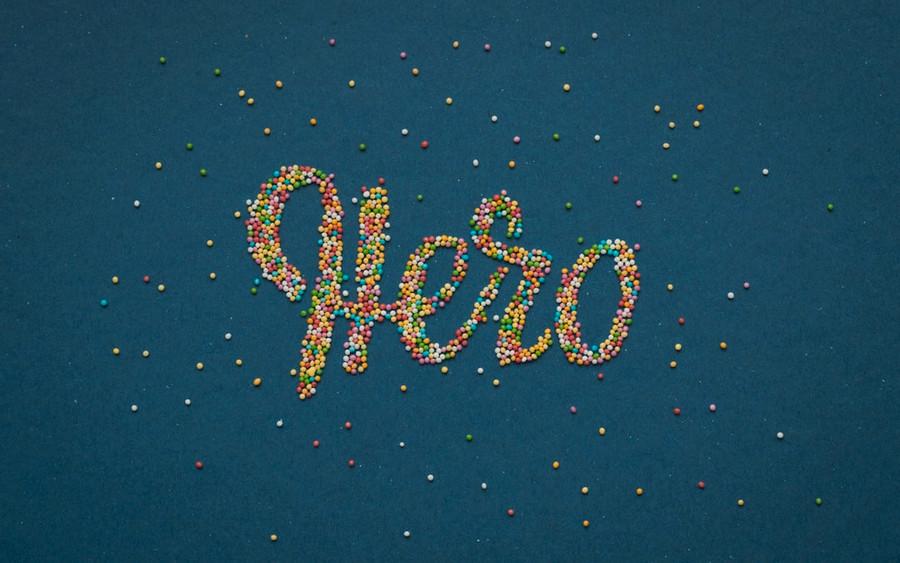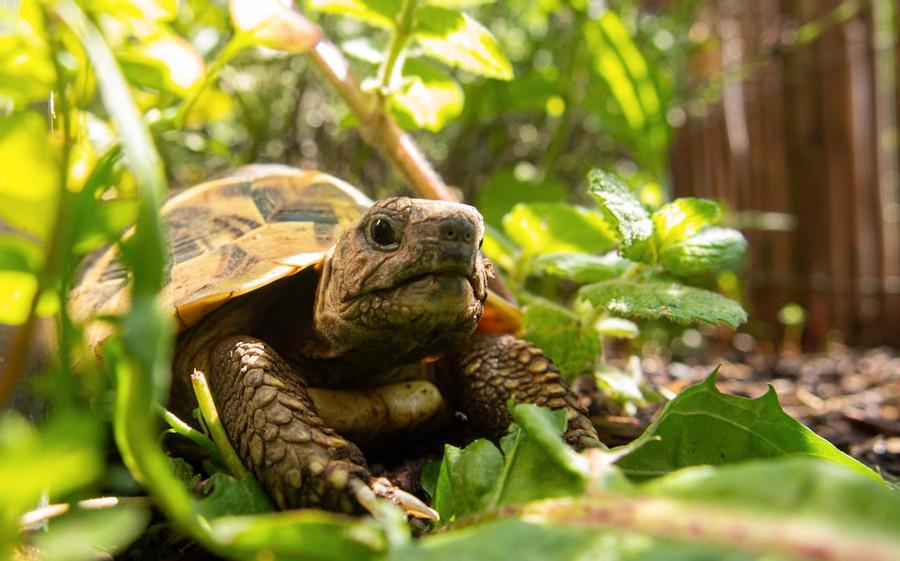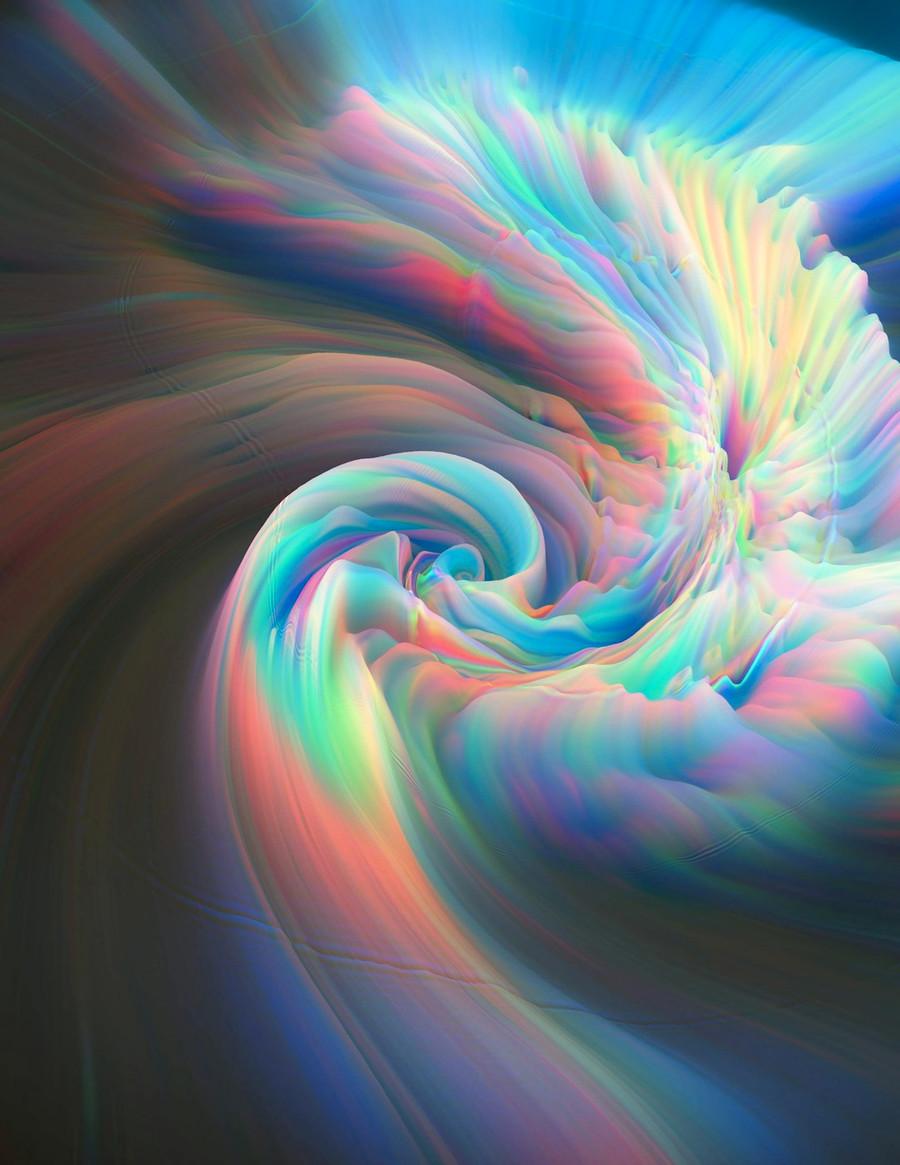Explore the World's Best Ideas
Join today and uncover 100+ curated journeys from 50+ topics. Unlock access to our mobile app with extensive features.
The Stroke That Turned Off The Left Brain
Jill Bolte Taylor's story is fascinating. At age 37 in 1996, she suffered a left hemisphere stroke which caused her right hemisphere to become temporarily dominant. It took her 8 years to recover.
She could no longer experience the linearity of time or a sense of urgency; speak or understand language; identify the physical boundaries of where the body began and where it ended; perceive individuality/personality; understand the concepts of self-loathing, feeling guilty, or feeling lonely; experience past regrets, present fears, or future expectations.
71
827 reads
The 'Nirvana' Experience Of Living With Only The Right Brain
The author had a unique experience after the stroke:
Peaceful euphoria and bliss of the eternal timelessness of the present moment; oneness with the universe; a gigantic ball of energy that blended fluidly with the rest of the energy in the universe; could only perceive the pixelated atoms that make up space and exist at the level of the cosmic flow; perceived us all collectively and energetically as a part of the same being; we were all woven together into a fabric of tiny molecules that were in motion; spirit soared free and boundless; both free-flowing and as big as the universe.
65
670 reads
Before And After The Stroke
Before the stroke, I was willing to compromise my relationships by moving away from both my home and those I loved for the status and monetary gain of a career as a neuroanatomist at Harvard.
Although I was truly grateful to recover the vast and important abilities of my left brain, post-stroke I was no longer willing to choose the treadmill of work, work, work. Pre-stroke, my left brain had defined success through the achievement of external rewards.
Post-stroke, my right-brain characters found meaning through the internal standards of loving, being loved, and being in service to others.
64
554 reads
Getting Back The Emotions
It is a relief for me to experience my emotions again, as they not only add depth to life, but they stretch my boundaries for personal growth.
I regained the emotional circuits of resentment, guilt, and embarrassment, as well as all of the other more subtle feelings and emotions that make life alluring.
Our emotions, even the negative ones, truly enrich our perception of experience and make life nuanced and more remarkable
69
518 reads
Duality
By having both of these hemispheres working together inside of one head, we experience a natural duality.
It is normal for us to endure an ongoing internal conflict, based completely on the two uniquely autonomous perspectives of our left and right brains.
Our right and left brains would forever evolve on separate yet parallel tracks of consciousness and exist in duality. Our right brain would evolve to be the home of our feminine, yin, and grace of the cosmic right here, right now, while our left brain would develop masculine, yang, and ego-centred traits based on our individuality.
67
455 reads
Ego
When my left thinking network went off-line, a specific part of my personality, a character that I had known for decades as my ego-self, also disappeared.
It was not as though I was missing a memory that I simply could not put my finger on; it was more like that memory (and I myself) had never existed at all.
It’s a bit disconcerting to think that who we are is completely manufactured by a small group of cells in our left brain, and that we can lose ourselves at any moment, but that is exactly how fragile our ego identities are.
69
420 reads
The Monkey Mind Goes Silent
With that internal dialogue circuitry shut off, I sat in the center of a completely silent brain for five full weeks. I even lost that little voice of my left-brain ego-self that could say, ‘I am an individual, separate from the whole. I am Dr. Jill Bolte Taylor.’
In the absence of my own left-brain character, which had anchored me in the external world at an emotional level, my ego-self disappeared and with it all of the personal content of my identity. Consequently, I no longer existed as an individual who was separate from the flow of the universe, and I knew nothing about my life.
65
385 reads
Our Ego Makes Us The Center Of Our Own World
Because we have become the center of our own universe, our left-brain ego-cells come online and begin organizing everything in the external world around our individuality. With this shift of focus toward our relationship with the external world as separate from ourselves, the consciousness of the eternal flow remains, but shifts into the background.
65
378 reads
The Hero’s Journey
Before the hero’s left-brain ego-cells developed his perception of himself as an individual, he possessed the collective knowledge of his right brain’s unconscious mind. With time, as the individuation of his left brain developed, it grew to dominate and inhibit the knowledge of his right-brain mind.
In the language of the brain, the hero must step out of his own ego-based left-brain consciousness into the realm of his right brain’s unconsciousness. At this point, the hero feels connected to all that is and is enveloped by a sense of deep inner peace.
65
307 reads
A Collective Voyage
There is an electromagnetic field of atoms and molecules that surrounds us, and we exist within it and it exists within us. Our left brain is unaware of this sea of energy because a small group of cells in our parietal region defines the boundaries of our body, surmising the separation.
How different would our world be if we understood that we have the power to influence this field of energy through our thoughts and emotions? Perhaps gaining this insight into whole-brain living is humanity’s collective Hero’s Journey and how we will evolve as a species to live our lives with purpose.
68
277 reads
The Hero's Journey Call
The Hero leaves behind the rational, ego-based consciousness that processes the reality of the external world (left brain); shed the rational, ego-based individuality; must be willing to let go of possessions and worldly knowledge; lays down the justice-demanding judgment of the dominating left brain.
64
272 reads
The Hero’s Journey To The Unconscious Realm
The Hero enters into the realm of the unconscious (right brain) and embodies the merciful characteristics of the compassionate right brain; battles the fear of death and all the other left-brain monsters; gains the insights of his heroic quest while enveloped in the wisdom of his euphoric right brain.
The hero must either return home or share hard-won whole-brain knowledge; returning home, the hero is different now, aware of both conscious and unconscious characters and their conflicting values.
64
248 reads
How the Brain Works
Reptilian Brain (Brain Stem): Instinctual survival; fundamental activities (breathing, heartbeat); regulating body temperature; managing our balance; processes pain, aggression, pleasure, and our drive to mate
Mammalian Brain (Emotional Limbic System Tissue): Modify and refine well-organized data from the brain stem by streaming it through the filter of emotion; make an automatic threat assessment based on how something feels.
Human Brain: Directly modifies and refines the underlying emotional limbic tissue of our left-brain and right-brain.
65
262 reads
The Four Characters
We each have four distinctive groups of cells, divided between our two brain hemispheres, that generate four consistent and predictable personalities.
Character 1: Left-Brain Thinking (Serial Processor)
Verbal, thinks in language, thinks linearly, past/future based, analytical, focused on details, seeks differences, judgmental, punctual, individual, concise/precise, fixed, focus on the individual(ego), busy, conscious and biased towards structure and order.
Competitive: compete when challenged and fight for what it believes in.
Respects Authority: obeys rules.
69
257 reads
Character 2: Left-Brain Emotional
Constricted, rigid, cautious, fear-based, stern, loves conditionally, doubts, bullies, righteous, manipulates, deceives, tried and true.
- Compares present vs past memories.
- Deepest emotions.
- Emotional volatility and reactivity.
- Happiness: the natural underlying circuitry of happiness (or lack thereof).
- Stress: part of our stress circuitry; pessimistically sees the glass as half empty.
69
257 reads
Character 3: Right-Brain Emotional
Expansive, open, experiential, risk-taking, fearless, friendly, kind, empathic, loves unconditionally, forgiving, trusts, supports, grateful, playful, joyful, goes with the flow, awe-inspired, curious, creative/innovative, collective, sharing, equality, contextual, style, hopeful.
- Focuses on the present moment.
- Interconnected with the universal flow.
- Always exists at the level of the flow of the universe.
- Big picture, present moment threats.
- Experiential.
69
234 reads
Character 4: Right-Brain Thinking (Parallel Processor)
Nonverbal, thinks in pictures, thinks experientially, present moment-based, kinesthetic/body, looks holistically at the big picture, seeks similarities, compassionate, lost in the flow of time, collective, flexible/resilient, open to possibilities, focus on WE, available, unconscious, fluid/flow, aware, expansive, connection, accepting, embraces chance, authentic, generous of spirit, clarity, intention, vulnerability
Awareness: aware; awareness that we are safe regardless of our physical circumstance
Openness: open; expansive; as big as the universe.
68
232 reads
We Can Choose What We Want To Be
At any given moment, there are three things going on in our brain: think thoughts, feel emotions, and run physiological responses to what we are thinking and feeling. Each of these activities is completely dependent on the health and well-being of the cells that are performing those functions.
We have the power to choose moment by moment who and how we want to be.
66
232 reads
Nurturing Our Four Characters
When we know, understand, and nurture our own Four Characters, their relationships with one another, and their collective power within us, we promote our own cognitive, emotional, physical, and spiritual wellness.
The better we understand the various groups of cells inside of our brain, how they are organized, and what it feels like to run each of those different cellular circuits, the more power we have to purposefully choose which of those neural networks we want to run.
66
228 reads
The Human Evolution
Humanity exists in an ongoing state of evolution:
First, we are actively integrating the newly added-on tissue of our left thinking brain (Character 1) with the tissue of the underlying left emotional brain tissue (Character 2), then we are integrating the new tissue in our right thinking brain with the brain tissue in between (Character 3 and 4).
Finally, we will evolve into whole-brain living, and consciously direct our own development as part of that evolution.
66
259 reads
IDEAS CURATED BY
Matthew Clark's ideas are part of this journey:
Learn more about books with this collection
The importance of innovation
The power of perseverance
How to think big and take risks
Related collections
Discover Key Ideas from Books on Similar Topics
2 ideas
What is the amygdala?
livescience.com
10 ideas
The Emotion Thesaurus
Angela Ackerman, Becca Puglisi
7 ideas
Elements of Fiction Writing - Characters & Viewpoint
Orson Scott Card
Read & Learn
20x Faster
without
deepstash
with
deepstash
with
deepstash
Personalized microlearning
—
100+ Learning Journeys
—
Access to 200,000+ ideas
—
Access to the mobile app
—
Unlimited idea saving
—
—
Unlimited history
—
—
Unlimited listening to ideas
—
—
Downloading & offline access
—
—
Supercharge your mind with one idea per day
Enter your email and spend 1 minute every day to learn something new.
I agree to receive email updates



















